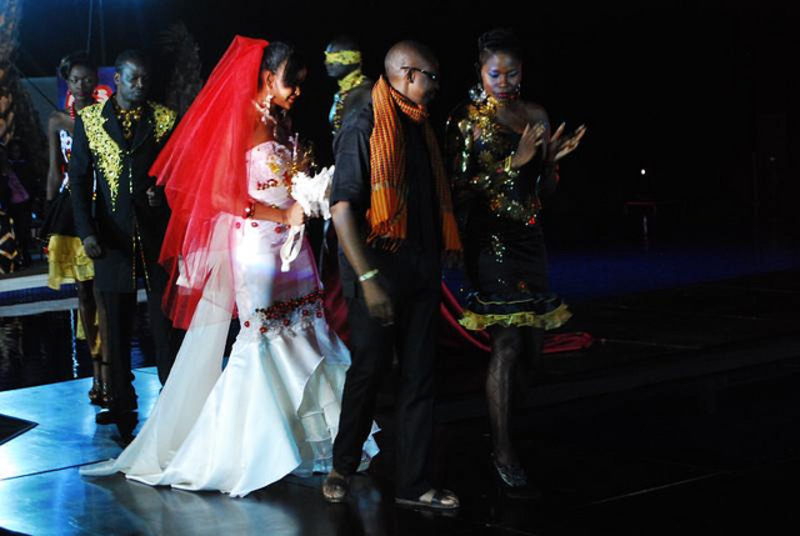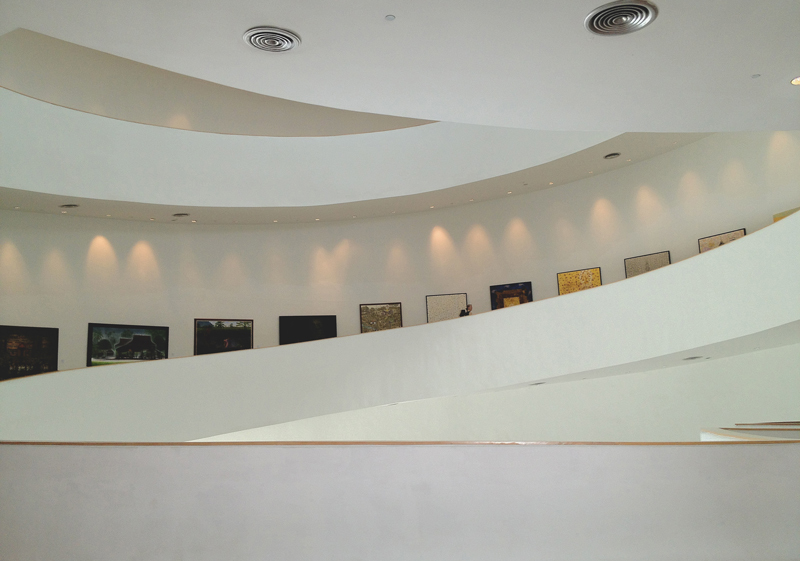Månadens Post
Projects from the megacity
Publicerat 2007.10.16
By Kirsten Krogh, Mexico City, Mexico
It was a historical moment last year when the number of people living in urban areas of the world exceeded the number of people living in rural areas. This resulted in great attention on megacities and future megacities among architects, urban planners, and designers. Megacities share many of the same problems, decades of intense growth have paralyzed many cities in low-income and middle-income countries and the problems they confront are overwhelming.
This is the case of Mexico City.
The number of inhabitants in Mexico City is equivalent to the number of inhabitants in the whole of Denmark, Sweden, and Norway combined. The city has multiplied itself multiple times during the last century. It now covers an area of app. 1.488 square kilometers and holds a population somewhere between 18 and 25 million inhabitants.
The following 3 projects are examples on how architects and designers use their creativity to come up with solutions for problems related to the megacity in their local context. The projects operate on different scales and through different approaches but with the mutual objective to improve the conditions in the city.
Emilliano Godoy works with decomposable design as a long term solution to the staggering amount of garbage produced everyday in Mexico City. Torolab attacks the issues of malnutrition related to a new urban lifestyle. And Alberto Kalach’s mega-scale Lakes Project suggests solutions to the fact that the city is sinking and the legendary air pollution. The sense of urgency surrounding the debate on Mexico City makes it an extreme case study for the contemporary megacity.
The Z Bench and the “Sweet Disposable” are two sustainable design projects by Emiliano Godoy a young, Mexico City born designer, who primarily works in projects about applied sustainability. In Mexico City the quick-fix is more the rule than the exception. There is an urgent need for long term sustainable solutions. Godoy’s biodegradable furniture and design objects could be a small scale answer to that. In the project “Sweet disposable” he uses sugar as an example of a biodegradable material that can be applied to various products. The appropriate disposal is imbedded in the construction of the objects; nature becomes the source and destination of the designs.
The Z Bench is an example of how sustainable solutions can be found in the immediate, local context. For the cushioning of the Z Bench, a traditional Mexican fruit called Zacate, is used. The Zacate, usually used to scrub dishes in Mexico, have a sponge-like cushioning effect and sown together it forms a beautiful, organic cushion.
COMA is a project about food made by Torolab a collective art, architecture, and design laboratory of contextual studies. COMA introduces the concept: Molecular Urbanism, a research platform of eating habits and lifestyle of the urban Mexican, based on the relationship between our bodies and the city we live in.
In Mexico City Coca Cola is cheaper than water and distributed by the same company. But powerful, corporate companies are not the only reason for epidemic conditions of malnutrition in Mexican cities. It is also the result of a change to an urban lifestyle. The Mexican diet is mostly based on traditional food, which is extremely varied and rich, but also exceeds, by far, the amount of carbohydrates and calories a contemporary, urban Mexican needs.
As a response to that Torolab started out researching the value of food, systems of production, and distribution. The research resulted in the design of a mobile van and a food product, designed in collaboration with the local PhD-Department of food engineering. The food-product contained a complete taking of multi vitamins measured according to the needs of a standard, urban Mexican. Torolab chose an event-like approach to promote their message. They used the van as a combined information and food stand. The van was placed around local squares in the city, resembling the traditional way of distributing food.
The Lakes Project is an unrealized urban and ecological proposal for Mexico City. The famous, Mexican architect, Alberto Kalach has been working on the mega-scale project and the promotion of it, for the past 15 years.
During the Aztec era the valley in which Mexico City lies, was covered by 5 lakes. The Aztec capital was built on an island in the middle of one of them. In 1521 when the Spaniards conquered the city they started draining the lakes to gain more land. What today is an ever expanding carpet of build landscape was before a vast, surface of water framed by mountains. Centuries of massive drainage, and an increasing consumption of groundwater, have caused the city to sink 9 meters during the last century. Some experts predict that cracks in the clay soil will cause sewage and industrial pollutants to poison the city’s groundwater.
As an answer to that The Lakes Project proposes to reconstruct the Lake Texcoco in an abandoned area, northeast of the City. By reintroducing one of the lakes a profound, environmental imbalance in the Valley could supposedly be stabilized and catastrophes like seasonal flooding, pollution of the groundwater and increased air pollution prevented.
Kalach also proposes an extensive urban development of the area that will change it into a prosperous, sustainable part of the city. The development, planned as gradual steps over a longer period of time, includes a university, public buildings, transit lines, and an airport located on an island in the middle of the new Lake. For the Mexico City citizens the area will become a much needed green, public space.
The global, the local, and the miniscale are all actors in the contemporary mega city. In a global perspective it is clear that the problems of the megacities are comparable but local, cultural, and geographical differences require specific, context based solutions.
This is the case in all 3 projects. Their solutions skillfully link several scales and are imbedded in their local, contextual reality. This does not mean that the solutions are not interesting from a global perspective. Godoy’s way of inventing decomposable materials in a local context can be applied to thousands of products globally and Torolab’s methodical research on urban lifestyles relevant to numerous cities. The Lakes Project stands out as a context-based solution to decades of neglecting the area’s ecological balance. The project supports the notion that a contextual sensitivity is necessary when we change and want to change our cities.
Ultimately the 3 projects are excellent examples on how the approach to the problems of the city has to reflect diverse scales and their contextual realities.
Kirsten Krogh is a Danish Architect graduated from the Royal Danish Academy of Architecture in 2006. She has been living and working in Mexico City on and off for the last 4 years. In 2007 she was a founding member of Oficina Kreativa, a creative work group within the field of art, architecture, design, and communication. The office is located in Mexico City and is based on an exchange of ideas between Scandinavia and Mexico.


